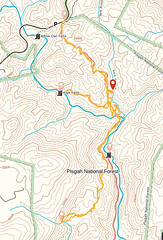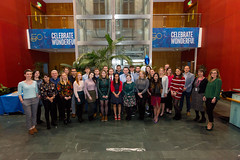Monday, March 12, 2007
24 of 26 Swiss Cantons rejected the proposal for a single health insurance system, in which premiums would be based on income and wealth. The vote on Sunday was the latest in a series of attempts to cut rising costs and ease the financial burden on citizens.
Around 71% of voters rejected the reform. Turnout was at about 46%, slightly above the Swiss average.
As expected, voters in the main German-speaking part of the country turned down the planned reform, which was supported by the centre-left but opposed by the centre-right as well as the business community, parliament and the government.
Opposition in the French and Italian speaking regions was less pronounced. The cantons Jura and Neuchâtel in the French speaking regions voted in favor of the proposed reforms.
Health insurance premiums are higher in southern and western Swiss cantons than in German-speaking areas.
The Swiss Interior Minister Pascal Couchepin said an important part of the Swiss Population appeared to be opposed to “a revolution” in health insurance but he said that he wanted current reforms currently under discussion in the Swiss Parliament to go ahead. He called on all sides, especially health insurers and the cantonal authorities, to make efforts to reduce spending on health insurance and aim for a greater cost efficiency. Currently Switzerland has 87 private insurers providing mandatory basic health care coverage for Swiss residents under a 1996 law. But costs have sky-rocketed. Over 100,000 people are not covered by health insurance due to non payment.
| To win the battle of the cost of health care, everyone must place his or her private interests behind the interests of the general public. -Pascal Couchepin at a news conference |
Opponents to the initiative argued that a single insurance system would lead to complacency and create a two-tier system, in which the wealthy would be the only ones available to afford to have additional private insurance coverage.
Supporters of the initiative said a single health insurer would increase the system’s efficiency and allow for annual savings of at least 300 million Swiss Francs (about $245 million) in administrative costs. Currently, the funding system is unbalanced, since many clients on low incomes use state subsidies to pay their premiums, according to the Green Party and the Social Democrats.
The initiative to unite all the insurance companies and introduce premiums based on wealth and income was the most recent in a series of attempts over the past ten years to reduce the public spending on health care. A proposal, similar to this recent proposal, to modify the funding system of the health insurance companies was rejected by 73% of voters in 2003.
Switzerland has the most expensive health system in Europe. Switzerland’s expenditure on health care was 11.6% in 2005, in front of Germany and France but behind the United States.


